Propagation of thuja by cuttings
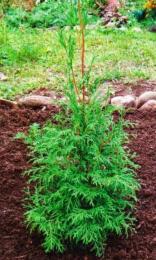
The homeland of thuja is East Asia. It was from there that she came to our latitudes. This tree has gained its popularity due to its unpretentiousness, as well as its dense and dense crown. It is easy to cut, which is why it can be given absolutely any architectural shape. This feature of the plant allows it to be used in many landscape and architectural compositions.
Content:
Why is it better to propagate thuja by cuttings?
Thuja is widely used for landscaping and creating hedges and architectural forms in many countries. It is unpretentious and resistant to industrial emissions. In Russia, of the variety of these plants, the frost-resistant western thuja is most often cultivated.
It can be propagated by seeds and vegetatively. The same type of thuja will grow from the seeds, but it may be a different form or variety, which is very undesirable for creating a hedge. In addition, seeds require long-term stratification in natural conditions, under snow. Seedlings grow slowly. This takes from two to six years. But thuja seedlings grown from seeds have one distinct advantage - they are more hardy than plants from cuttings.
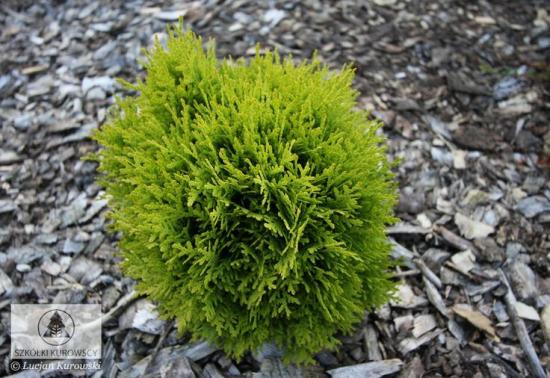
To create an alley of thuja with the same characteristics, it is best to use cuttings. If you know the right technology, even a novice gardener can handle this simple task. In a similar way can be rooted not only thuja, but also plants such as yew, cypress and others.Thuja cuttings can produce roots even in an ordinary jar of water. But there are several secrets here. There should be a little water in the jar, only at the bottom, and the maximum number of cuttings is three, no more.
How to properly cut thuja
But when you need to get several plants and at the same time stronger ones (and they do not receive proper nutrition in a jar of water), this method becomes inconvenient. Therefore, gardeners usually practice propagation of thuja by cuttings in greenhouses.
2-3 year old lignified or young 50-centimeter side shoots with a piece of old wood (called the “heel”) are used. It is these shoots that produce new roots well. In order for the cutting to have this “heel”, it is cut off sharply or cut in a special way. Propagation of thuja by cuttings is carried out in the fall. In summer and spring, cuttings are not carried out for the reason that in most cases the cuttings dry out without having time to produce roots.
The strongest shoot is selected for cuttings. Their vitality is much better, so they produce stronger and healthier plants.
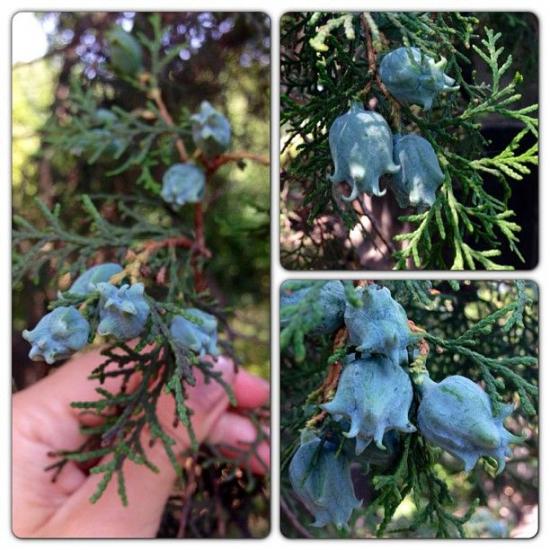
In the room where the cuttings will take root, you need to maintain humidity at 70%. This can be done using special humidifiers. They come in different models, including those that are low cost. Can be used small greenhouses. For successful cuttings it is necessary to have good lighting (but not in the open scorching sun). To do this, the greenhouse cap is made completely transparent. If there is not enough natural light, then you can use phytolights or a complex of fluorescent lamps.
Cutting process
The needles are removed from the bottom of the shoots and placed in water for a couple of hours.Then the cuttings are planted in a transparent greenhouse (they need a lot of light and moisture) with a substrate consisting of a mixture of turf soil with peat and river sand. Usually they are taken in a one to one ratio. Before planting shoots, the soil must be disinfected with a solution of potassium permanganate so that there are no pathogens or pests left in it.
It is necessary to plant so that the remaining needles do not touch the ground, otherwise rotting may begin, leading to the death of the plant. The plants are buried about 2-3 cm. To make roots appear faster, the heels of the cuttings can be dipped in a mixture of heteroauxin or Kornevin before planting.
If you are sprouting cuttings in a pot, then it should be covered with a transparent glass container. The greenhouse needs to be ventilated regularly, otherwise the cuttings will begin to rot and not take root.
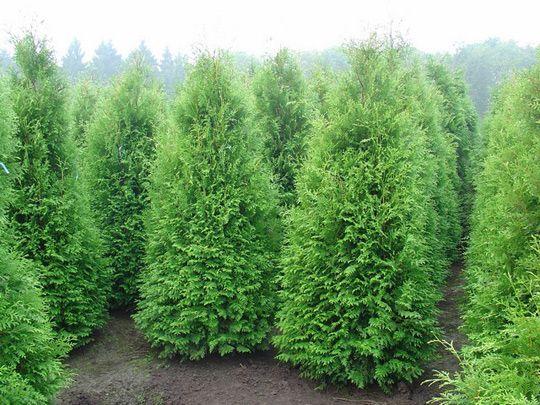
In a greenhouse, it is better not to water the plant, but to spray it. This way you will achieve high air humidity and not over-moisten the soil. It is not difficult to understand that a plant has taken root. It will have new fresh shoots. But even if the thuja has given roots, it is too early to send it to the garden. First you need to let it properly grow its root mass. Rooted cuttings are ventilated briefly at first, then left open for an increasingly longer time, gradually hardening them.
Thuja is hardened like this: on warm days, it is briefly taken out into the open air, making such “air baths” longer and longer. Planted young plants need regular good watering and frequent feeding. In November, the plant is insulated with spruce branches, sawdust, leaves, covering material and left to spend the winter.
Thuja cuttings are a very interesting and useful business.After all, from one plant in a short time you can get a whole alley of thuja. To create such an alley from seeds would have to wait several years. And I really want the hedge to appear as quickly as possible.



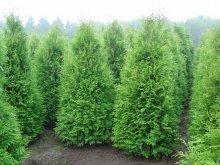
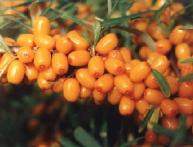


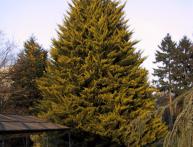
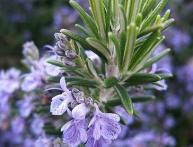
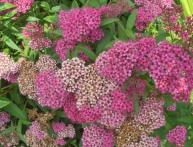
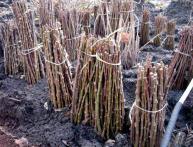
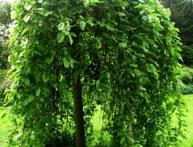
Comments
In our city they planted an alley of thuja. They were planted last year for City Day in May. And many trees did not take root - they died last summer. Some that were green in the summer died over the winter. In general, this alley has thinned out by about a third.
Growing thujas and decorating your yard with them is of course good, but I prefer to buy bushes that have already grown well, so that it will be beautiful right away and there will be no hassle with growing cuttings.
An interesting solution, as far as I know coniferous trees are very picky. And even replanting needs to be done at a certain time. But I’m interested in this propagation option; I’ll definitely try it in the fall.
Propagating thuja by cuttings is a troublesome process, but the result is worth it.
Of course, you can buy grown bushes for the alley, but it is expensive and it is not a fact that they will all take root.
And when cuttings, you can simulate a living fence according to your taste and desire.
And we have an excellent experience in propagating by cuttings.
Last year I planted several thuja bushes to test, let's see what happens. There are some recommendations in the article that I did not follow. This year I will definitely continue, taking into account the knowledge I have gained.
I also have a problem, out of five cuttings only three survived. Tell me, what could be the reason? It seems like I followed all the recommendations. And also, when is it better to plant thuja in open ground, in autumn or spring?